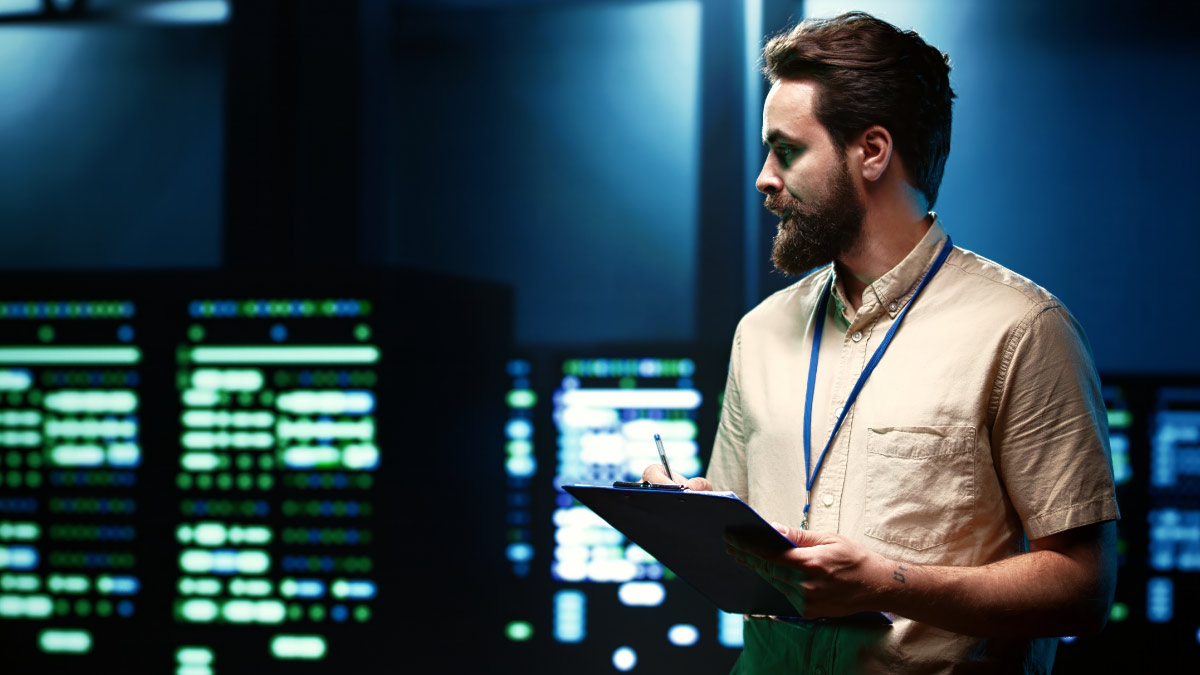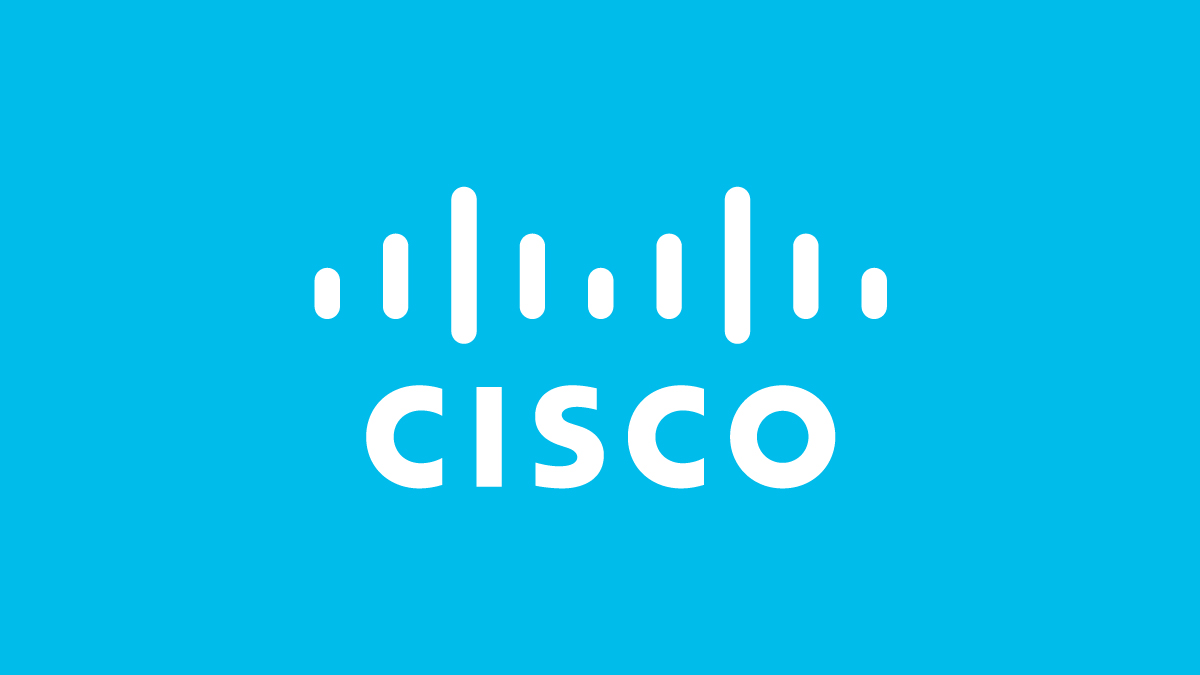The best investors have a sixth sense for tech trends. So, who better to chase down for insights on what to expect in tech?
The recent RSA Security Conference in San Francisco gave us an opportunity to do just that. At a Cisco Investments cocktail reception, we asked leaders from Glasswing Ventures and Plexo Capital, along with Cisco Investments and its Aspire Fund, to share what’s top of mind, and where their dollars may be headed next.
To call AI a priority would be an understatement. But each leader had their own unique and nuanced views on the impact of AI, in security and beyond. Moreover, AI isn’t their only focus. So, developments like open-source architectures, supply chain management, and autonomous security operations centers (SOCs) also garner attention.
However, as Derek Idemoto, Cisco’s senior vice president for corporate development and Cisco Investments stressed, AI remains “the biggest force of nature right now.” He highlighted that Cisco has made more than 20 AI-focused acquisitions and investments in recent years, including its purchase of Splunk, the data-analytics powerhouse. And this month, the company announced a $1 billion investment fund to expand and develop secure and reliable AI solutions.
Smart AI investments, Idemoto said, should supercharge a company’s existing expertise.
“When you think about Cisco, we have networking coming together with security, coming together with observability,” Idemoto explained, “and certainly with the acquisition of Splunk, you're talking about data insights and telemetry that is unmatched by anyone in the industry.”
A force that can’t be ignored
Lo Toney, founding managing partner of Plexo Capital, believes that AI simply can’t be ignored — that is, by any company expecting to maintain its momentum following the previous revolutions around digitization and software.
”If every company is a software developer or software vendor or software integrator,” he said, “they now have to think about artificial intelligence. And it can help both with productivity as well as enhancing the overall infrastructure within the enterprise, especially around security. So, we're very excited to invest into that technology.”
Of course, security concerns are core at RSA. And today’s security discussions almost inevitably lead to AI.
Here’s Glasswing partner Kleida Martiro on her team’s focus on AI investments.
“AI and cybersecurity have taken a larger shape than just threat prevention and detection,” she said. “How can we leverage AI to really predict an attack before it actually happens? How can we leverage the power of technology to protect ourselves even better? So those trends are really top of mind in areas where Glasswing is currently very much investing in.”
At Cisco, AI is supporting networking in two key ways: to manage, optimize and secure all network functions, and to enable networks to handle the massive demands that surging AI usage places upon them. Aleem Rizvon of Cisco Investments stressed Cisco’s relentless focus on these areas, both in its homegrown innovation and in its investments.
“AI for networking allows us to bring all of the emerging new technologies that are available to automate our networks, to manage our networks, and provide compelling end user experience,” he said. “For networking for AI, we are building a lot of systems in silicon that would allow us to support the bandwidth requirements that are required for artificial intelligence. Whether in high-end silicon or photonic systems, we are focusing on all of those aspects.”
Opening up open source for a secure future
Security (of course!) and the potential of open-source architectures were also discussed. Martiro outlined Glasswing’s investments in security solutions related to open source, including in software supply chain management.
“What we're noticing in software supply chain management is that developers are building internal solutions to and lifting code from open-source solutions,” she explained. “And with that come a lot of vulnerabilities. So how do we solve them, how do you monitor them, and then how do we prevent them?”
But the advantages of open-source solutions are clear. As Cisco Investments’ Senior Director Prasad Parthasarathi declared, “We as an industry are finally leveraging the open-source community in its full ferocity.”
He further illustrated that fact with some key Cisco investments.
“We recently acquired Isovalent, who are authors and custodians of Cilium,” Parthasarathi said. “Cilium is the third-most adopted open-source project behind Kubernetes and OpenTelemetry. We recently announced our investment in Corelight which is the custodian of open-source Zeek network sensors. And the Zeek sensors hover meta volume network telemetry, which is crucial for things like network security and segmentation. We are investors in Styra, which propagates the Open Policy Agent and makes it easy for you to have a unified policy plane. These architectures are an example of the true compound effect and multiplier effect that we can command if we leverage the open-source community.”
The open-source community, he further emphasized, “is our massive weapon in coping against faceless adversaries.”
That thought dovetailed into another major concern for Parthasarathi and Cisco Investments: the vulnerability of critical infrastructure.
“OT IoT as a once again emergent spending category,” he said. “We are finding that critical industries such as power and gas, electricity, automotive, healthcare are coming under increased adversarial attacks. And we should expect to see an uptick in spending priorities in this use case. And we're also finding that many of these open-source architectures that I mentioned translate horizontally across this use case as well.”
If all this sounds complicated for security teams, it is! But one final trend should help: Autonomous security operations centers (SOCs), empowered by AI and highly intuitive, thanks to natural language models.
“Cybersecurity is a machine-scale problem,” Parthasarathi concluded. “And now with access to large language models, we have the ability to cross-correlate and unify telemetry using natural language instead of a complex code — and do that at machine scale.”
The bad actors may be getting smarter and more relentless. But investors and innovators are just as relentless. And as these impromptu interviews suggest, there will be plenty of exciting new developments in the security space to come.





